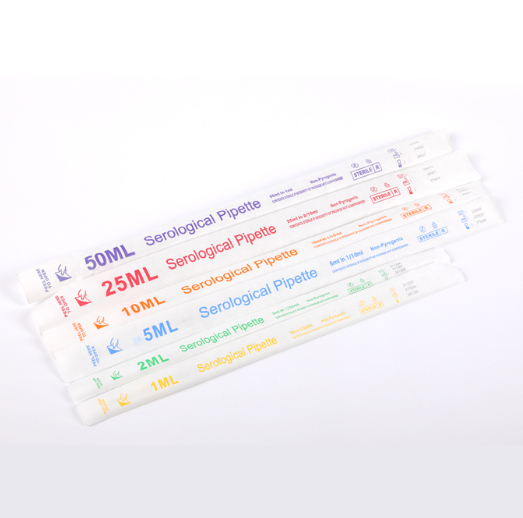In molecular biology, where extensive chemical and cellular testing is required, pipettes become essential in research. A pipette is the most useful tool for extracting the right amount of sample and introducing it into the appropriate laboratory machine. They measure samples with unquestionable accuracy and precision.
individually wrapped serological pipettes do come in a variety of different designs to facilitate and better facilitate laboratory activities. They come in different sizes depending on use and research purpose. Some pipettes have enhanced electronics to easily generate samples using vacuum dispersion.
What types of pipettes are there?
Plastic is lighter and works fine if you plan to sample a small portion. This yields 0.1m3 to 0.5m3 of liquid or dye. Plastic pipettes are affordable and disposable for easy cleanup.
They are small pipettes that can be used for small amounts of liquids or fluids. It can be reused through the pasteurization process for easy cleaning.
Micropipettes are very useful for obtaining correctly measured samples. It is an adjustable pipette filled with many tubes to facilitate any microscopic research in the laboratory. It comes in different sizes, but there are larger pipettes that can handle larger volumes of liquid for sampling.
There are pipettes, which can be easily spread out and put many tubes in them to obtain a sample; these are called multichannel pipettes. They may appear in various channel codes. At present, there are 8-channel, 12-channel, 16-channel, and 20-channel pipettes on the market. Some features include electronic configuration of the pipette.
Automatic pipettes are also available; they may be stationary or portable. These pipettes allow for easy fractionation of samples while ensuring proper quantities are obtained for research collections. Additionally, these automatic pipettes are used to generate samples from within the core of the sampled subject. It can also use several configuration accessories; the computer is the most common component of automatic pipettes.
Calibration volume for measuring fluids. Most graduated pipettes are used to collect large volumes of samples. They may also come in various sizes.
The uses of these products are varied and extensive. Some pipettes are used to take large data samples, while others are used to take small samples and detect processes inside the sampled object.
They are vital to the collection of correct information that the laboratory will produce; as a sample processor, it is the most delicate piece of equipment in the laboratory. Additionally, they simplify the most difficult part of the sampling process by obtaining samples at the correct measurements.
Aspirating Pipette

Aspirating Pipette

1. Clear and bidirectional graduations on the pipets, negative graduation allows additional working volume
2. Accurate dispensing within ±2%
3. Color-coded packaging for sorting and selecting
4. Filter plug prevents overfill
5. Gamma sterilized or non- sterilized
6. Non-pyrogenic, RNase/DNase -free

 English
English 中文简体
中文简体













